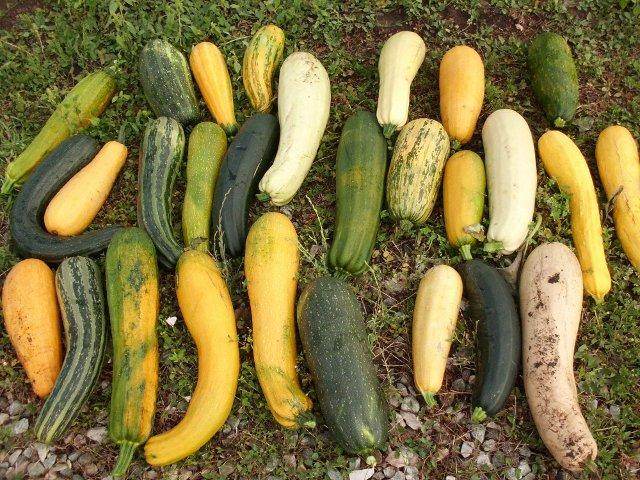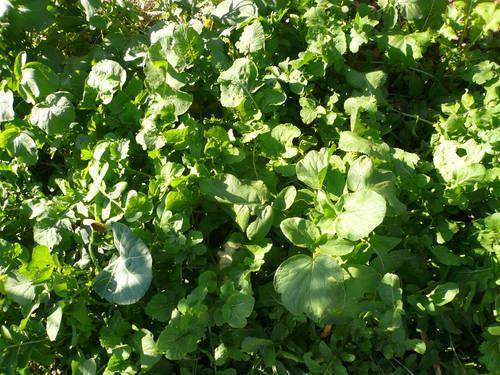




Idle dreamer



















Gilbert Fritz wrote:
To feed a mid size family most of their food, given a standard diet, in a wet climate takes from 5 to ten acres, from what I have heard.
Idle dreamer








Gilbert Fritz wrote:
What spacing do you use? Do you notice it affecting water needs?




Idle dreamer










Idle dreamer

 1
1











































Gilbert Fritz wrote:Actually, we have rabbits. And I will probably be using the manure as an input in the worm bin.
The reason I didn't include rabbits as a food source in my initial plan is that my family does not want to eat rabbits. (Cute factor.) So I would not actually be able to test that out.
Also, with all the pet rabbits we already have, I couldn't really get more meat ones for the system. (I wouldn't kill them, but I could at least see if I could grow enough poundage.)
Anyway, you have a good point, and I will probably plan on using rabbits in later versions. As I think about this, I see more and more advantages. ]
One of my good grazing red new Zealand x Californian line bred(heavily inbred!) does can produce as much meat kindling between the end of March and October as an average hair sheep ewe or above average Spanishxkiko goat doe can over a year. 8-9 weaned kits per litter at 5 pounds finished weight times 4 litters a year. All while maintaining 10 pounds of body weight overwinter on 1 bale of yard clipping hay, instead of 150 pounds of body weight on many bales of hay or stock piled forage for a goat or ewe. I have 4' wide clover, trefoil, plantain, radish, etc paths between my wide spaced rows of vegetables, and considerable 15 gallon grow drum container garden.
To me chickens require foolish amounts of outside calories in corn or other cereals, while rabbits can perform on grasses, clovers, forbs, prunings, thinnings, peelings and culls and tree branches appropriate to your environment. If you use buck wheat, prairie clover, alfalfa, and other water/climate appropriate soil builders you can graze or cut and carry all the domestic forage you want while green manuring and living mulching. I could feed my family all of their meat calorie needs from my less than 1/4 acre yard without much trouble. I have to swap meat with friends because we do tire of all the rabbit after a while.



















Gilbert Fritz wrote:In your experience, how likely is it that a desirable trait that appears in a potato plant will reappear in the next generation? I've heard that the genetics are complicated and different from a lot of other plants.




Gilbert Fritz wrote:
A few posts back you mentioned various wild survival foods, especially Buffalo Gourd, Prickly Pear, Sotol. I know you said you have not done much with them, but have you done anything with them? I'm especially interested in any work with prickly pear. I may be buying a less prickly pear from Okios tree crops this year, and growing it as a system 2 or 4 plant.
Idle dreamer












Gilbert Fritz wrote:doubling the area would be a bad idea.
Idle dreamer












Idle dreamer




Joseph Lofthouse wrote:
Jack-o-lantern crossed with zucchini is still an edible squash. The shape of the plant and fruit changes somewhat, but the taste and cooking qualities are approximately the same.

|
Did you have a mustache before? This tiny ad says it's new.
The new permaculture playing cards kickstarter is now live!
https://www.kickstarter.com/projects/paulwheaton/garden-cards
|






